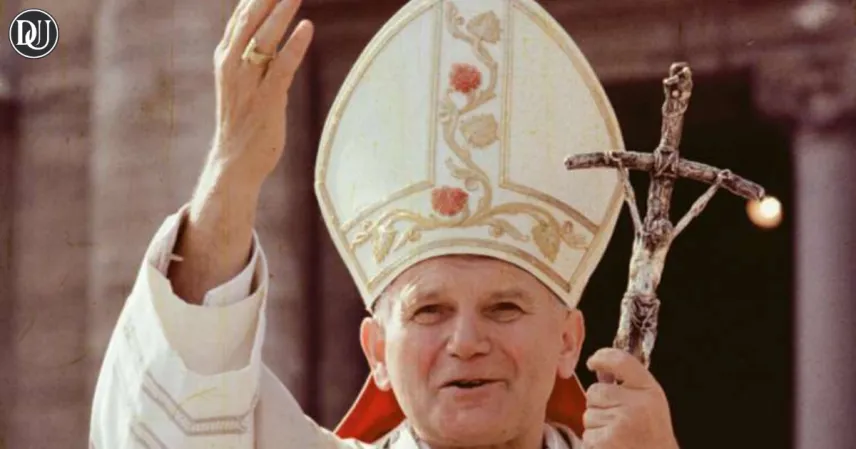On April 21, 2025, the world was struck by the death of Pope Francis at the age of 88. The pontiff, who had led the Catholic Church for over a decade, passed away following a stroke and subsequent cardiac arrest. His death marked the end of an era, as Pope Francis was the first Jesuit pope and the first from the Americas. His passing set in motion a series of events within the Vatican, culminating in the election of a new pope, and many compared his papacy to that of Pope John Paul II, whose leadership still resonates in the Church today.
![]()
Mourning and Preparation
Following Pope Francis's death, a period of mourning known as the Novemdiales was declared. This nine-day period provided the Church and the faithful an opportunity to reflect on the late pope’s legacy and prepare for the upcoming conclave. Many looked back to the days of Pope John Paul II during this time of reflection, recalling his global impact and how he redefined the papacy. The mourning period, which included daily masses, allowed both the global Church and the Vatican hierarchy time to grieve and spiritually prepare for the important event of electing a new leader of the Catholic Church.
The funeral service for Pope Francis was held on April 26, 2025, in St. Peter’s Square, attracting a vast number of mourners, including dignitaries and faithful from around the world. It was a solemn occasion, with Pope Francis being interred at the Basilica of Santa Maria Maggiore, marking a significant departure from tradition, as he became the first pope since the 17th century to be buried there. In many ways, this event evoked memories of the funeral of Pope John Paul II, a moment in history that left an indelible mark on the Catholic community.
![]()
The Conclave
The conclave, which began on May 7, 2025, brought together 133 cardinal electors—church leaders from across the world, all under the age of 80, who were tasked with electing the next pope. These cardinals were sequestered in the Sistine Chapel to ensure a secretive and prayerful election process. The conclave itself follows a centuries-old tradition of electing the pope through prayer, reflection, and secret voting. The process is marked by intense spiritual discernment, as the cardinals seek guidance in selecting a new leader for the Catholic Church, much like when Pope John Paul II was elected in 1978.
Despite the expectations for the conclave to last several days, the election was remarkably swift. On May 8, after just two days of deliberations and multiple rounds of secret balloting, white smoke poured from the Sistine Chapel’s chimney, signaling that a new pope had been chosen. Cardinal Robert Francis Prevost was elected as the 267th pope of the Catholic Church. He chose the papal name Pope Leo XIV, symbolizing his commitment to continuing the legacy of the Church’s teachings while also embracing a new direction for the future. His election will no doubt be compared to the time of Pope John Paul II, who served as a beacon of hope and faith for many generations.
![]()
A Former Papal Assistant Offers Insight
A unique perspective on the papal election process was provided by a priest from St. George, Utah, who had previously served as an assistant to Pope John Paul II. Drawing from his firsthand experiences in the Vatican, the priest shared valuable insights into the intricacies of the conclave. He explained that the selection of a pope is not simply a matter of votes; it is a spiritual discernment process, where cardinals pray and seek the guidance of the Holy Spirit. This process, which was crucial during the time of Pope John Paul II, remains at the heart of every conclave.
The priest also spoke about the profound influence of Pope John Paul II on the Church, particularly in how his approach to global travel and interfaith dialogue transformed the papacy. He noted that Pope John Paul II’s legacy continues to guide the Church’s direction even after his death, and his example remains a touchstone for future popes, including the newly elected Pope Leo XIV.
The Road Ahead
With the election of Pope Leo XIV, the Catholic Church now faces a new chapter in its long history. The world will be watching closely as the new pope begins his papacy, guiding the global Catholic community and addressing the challenges and opportunities facing the Church in the 21st century. Many will be comparing his leadership style to that of Pope John Paul II, whose global influence and teachings remain a reference point for the Church’s future.
As the Catholic Church moves forward, the legacy of Pope Francis will undoubtedly continue to influence the Church’s direction, but Pope Leo XIV’s leadership will shape the future for generations to come. And in that future, the teachings of Pope John Paul II will continue to echo, as his vision for the Church remains a cornerstone of Catholic life today.










